Sissi Fateful Years of an Empress
6.8 /10 1 Votes6.8
Costume design Leo Bei, Gerdago | 6.6/10 IMDb Genre Drama, History, Romance Duration Country Austria | |||||||||||||||||||||||||||||||||
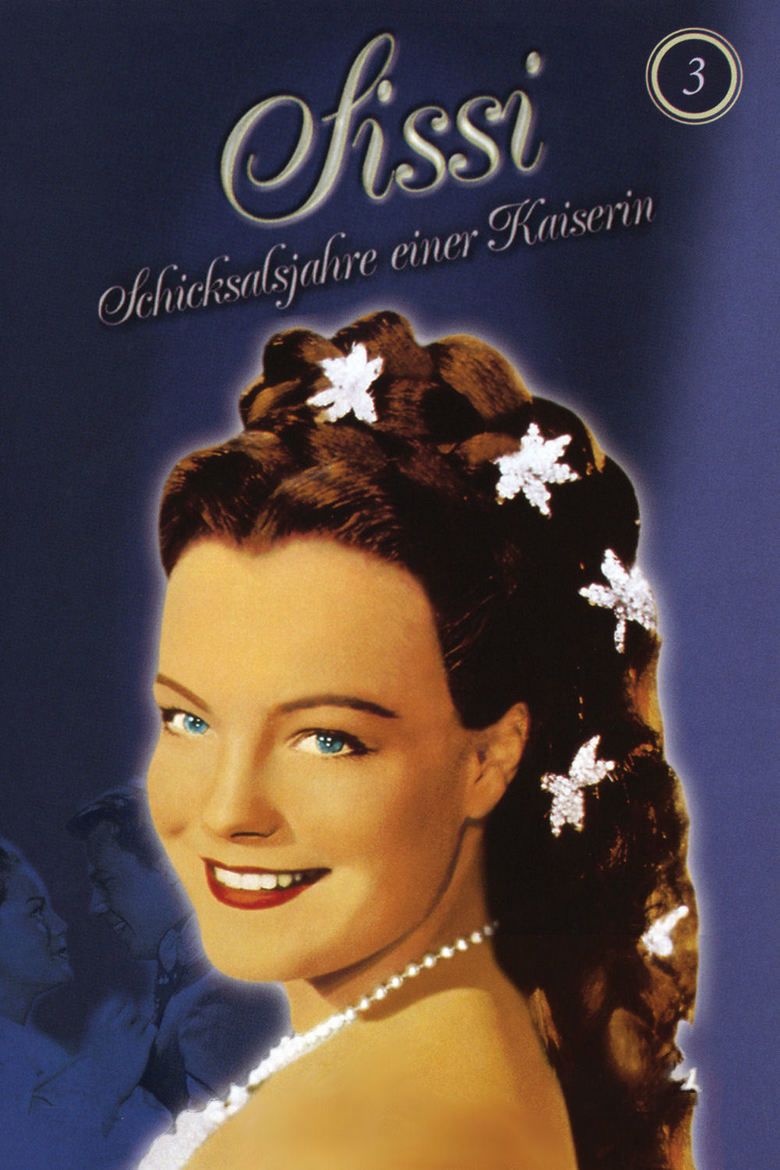 | ||||||||||||||||||||||||||||||||||
Release date 19 December 1957 (1957-12-19) Producers Ernst Marischka, Karl Ehrlich Cast (Sissi, Kaiserin Elisabeth von Österreich), (Franz Joseph, Kaiser von Österreich), (Herzogin Ludovika von Bayern), (Herzog Max von Bayern), Uta Franz (Néné, Prinzessin Helene von Bayern), Walter Reyer (Graf Andrassy)Similar movies Sissi: The Young Empress , Sissi , Bread and Tulips , In the Mood for Love , Italian for Beginners , The Talented Mr. Ripley | ||||||||||||||||||||||||||||||||||
In the 1700s, four British children seek royal assistance to ensure that a great folk hero will be remembered.
Contents
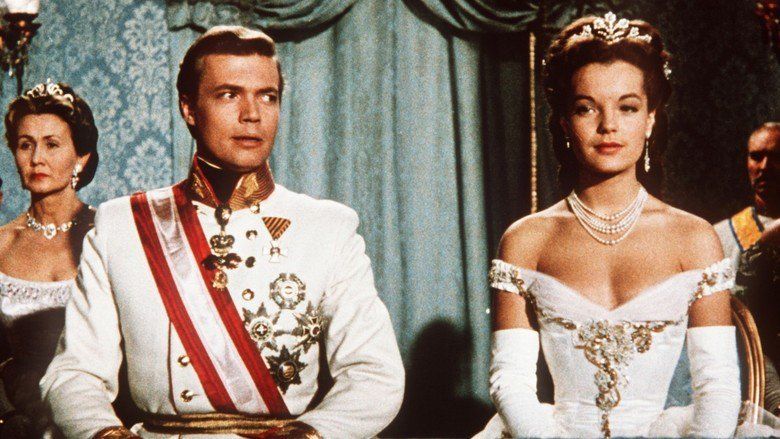
Sissi – Fateful Years of an Empress () is a 1957 film directed by Ernst Marischka and starring Romy Schneider, Karlheinz Bohm, Magda Schneider, Gustav Knuth and Josef Meinrad, costumes by Gerdago (Gerda Gottschlich). It was entered into the 1958 Cannes Film Festival. It is the last film in the Sissi trilogy, following Sissi (1955) and Sissi – The Young Empress (1956). The director Ernst Marischka planned a fourth film, but Schneider refused to play Sissi any longer. She appeared 15 years later again as Empress Elisabeth in Luchino Viscontis 1972 film Ludwig.
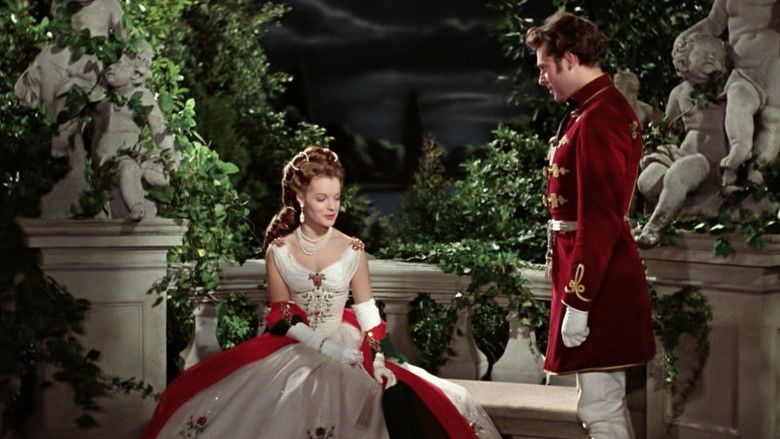
After a wonderful time in Hungary Sissi falls extremely ill and must retreat to a Mediterranean climate to rest. The young empress’ mother takes her from Austria to recover in Madeira.
Plot
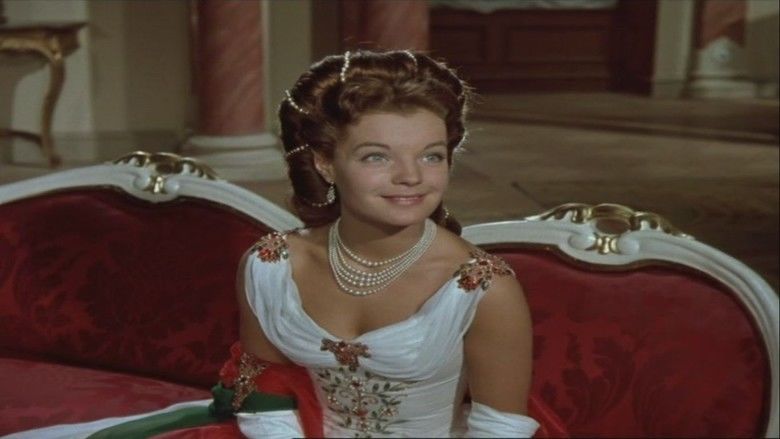
The Austrian empress Elisabeth, nicknamed Sissi, enjoys travelling in Hungary. She welcomes the politically valuable friendship of Count Andrassy, but when he confesses he is in love with her, she returns to Vienna lest the relationship become too intimate. Her time in Hungary is only a temporary relief from the frustrations of court life in Vienna, where dutiful Franz Josef remains at his desk and allows his strict, domineering mother Sophie to interfere in the raising of his daughter with Sissi, Sophie. Sissi decides to return and meets Franz underway who was coming to Hungary to bring her back to Vienna. They decide to take a vacation in Bad Ischl but Sissi falls ill and is diagnosed with possibly fatal tuberculosis. On doctors orders Franz Josef must allow his mother to remove his daughter from Sissis keeping. In poor health, deprived of the company of husband and child, Sissi is in danger of losing the will to live as she travels to healthier climates on Madeira and Corfu. Desperately needed psychosomatic therapy appears in the form of her indestructibly positive mother Ludovika, who lovingly nurses Sissis illness and restores her zest for life by taking her on idyllic walks. Once again Oberst Bockl, the clumsy body-guard whose doting admiration for the empress borders on the improper, provides a comical note, as he does in each part of the trilogy. Finally, Sissi recovers and rejoins her husband on an official visit to Milan and Venice, Austrias remaining possessions in northern Italy. Nationalists have prepared a hostile welcome for the Habsburg sovereigns; the Milanese nobility send their servants, dressed in noble clothing, to a royal command performance at La Scala, at which the orchestra play Verdis chorus "Va pensiero," and the disguised servants in the audience sing it in protest against Austrian rule. There is a moment of comic relief when, after the opera, Franz Josef and Sissi receive the disguised servants at a formal reception, where the servants are presented to the imperial couple under the names of their aristocratic masters and mistresses. Sissi is aware that she is not meeting the true nobility, but when the real nobles realize their servants were introduced to the emperor and empress, they shriek in despair and panic at the idea that the imperial couple believe the awkward, common servants were really the aristocrats. In Venice, crowds stand in hostile silence at the couples procession by royal barge on the Grand Canal and as they pass, Italian nationalist flags are defiantly unfurled from behind shuttered windows. But the emotional Italians melt when they witness the openly loving reunion between Sissi and her little daughter on St Marks Square.

Ernst Marischka planned at least one more "Sissi" film, but Romy Schneider refused to participate in it despite the urging of her mother, Magda Schneider, who portrays Sissis mother Princess Ludovika in all three films of the existing trilogy.
Cast
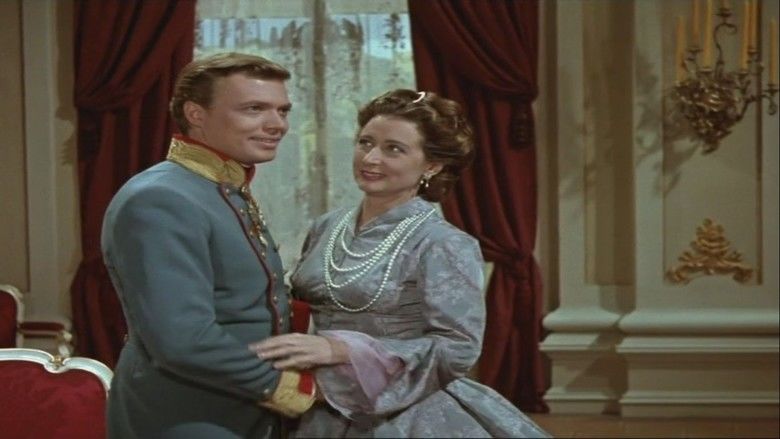
References
Sissi – Fateful Years of an Empress WikipediaSissi – Fateful Years of an Empress IMDb Sissi – Fateful Years of an Empress themoviedb.org
